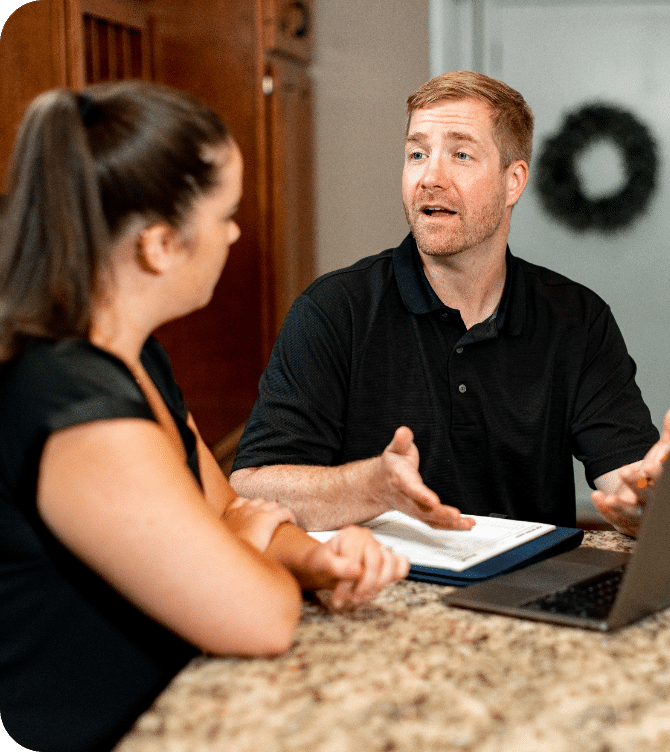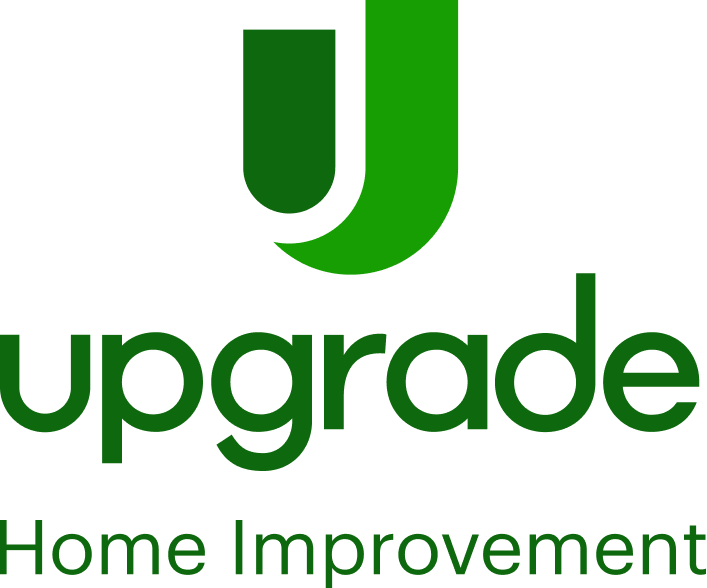The sinking church, finally fixed. - Part 3 of 3
Sorry for the delay, folks. I know you were on the edge of your seat waiting on the conclusion to this story. Wait no longer.
Day three…
If you have been following this story, you know that it took two extra days just to get to the original depth that we needed. Try to imagine spending two whole days digging and using a jackhammer. It is not a nice picture, and these guys were dog tired afterwards. On the third day they were able to start the “lighter” duty tasks. I say lighter, but they are moving heavy steel poles, running a giant screwdriver, and eventually filling the holes back in. The church got its much needed helical piers attached up under the original footer. Our crew placed the brackets directly under the broken foundation walls and bega n the slow process of stabilizing the building. Each pier gets mechanically driven into the ground using our mini excavator with the drive head attachment. This attachment transforms out digging machine into a huge screwdriver. Slowly and carefully each pier is screwed into the ground near the base of the wall. A foreman carefully checks the pressure gauges to see how much resistance they are getting. Once he is satisfied with the depth and pressure, they stop driving that pier into the ground. This process is repeated for each helical pier. When they are all on the right depth and pressure, the crew places the brackets on the top of each pier and either attempts to lift or just closes up the hole and calls the building stabilized.
n the slow process of stabilizing the building. Each pier gets mechanically driven into the ground using our mini excavator with the drive head attachment. This attachment transforms out digging machine into a huge screwdriver. Slowly and carefully each pier is screwed into the ground near the base of the wall. A foreman carefully checks the pressure gauges to see how much resistance they are getting. Once he is satisfied with the depth and pressure, they stop driving that pier into the ground. This process is repeated for each helical pier. When they are all on the right depth and pressure, the crew places the brackets on the top of each pier and either attempts to lift or just closes up the hole and calls the building stabilized.
Why not lift every time?
You might ask why we don’t lift every building or why we don’t guarantee a lift. The simple answer is that some buildings are so damaged that lifting with break the wall farther. It would do more harm than good. Sometimes we hear a homeowner say that they are just going to knock the building down and start over. Now this is in very extreme cases, but it does happen. The good news is that we can still install the piers and make it so the new building stays put. After all, its not the concrete or the building that failed, its the ground under the wall that failed. This church is a prime example of that principle. Now that the sinking wall is properly supported, the church will stay in place instead of gradually sinking until the next repair job.
This church is in Corcord, DE which is just outside of Seaford. DryZone also serves the entire region. We are in towns like East New Market, Oxford, Bishopville, Wilmington, Newark, and Odessa.



